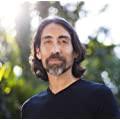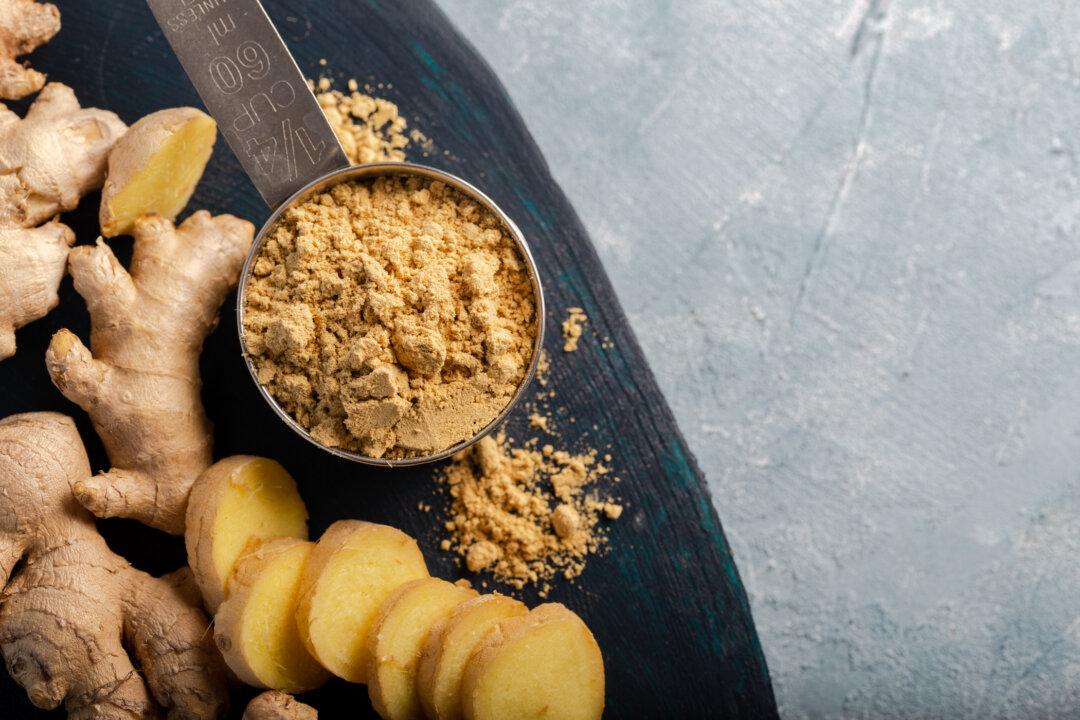Ever since Santiago Ramón y Cajal, the father of neuroscience, declared “nothing may be regenerated” in the adult brain, the idea that you can repair or regenerate damaged brain tissue was precluded by this central dogma. But compelling evidence for brain regeneration began to surface in the 1960s with a report by MIT scientist Joseph Altman that the hippocampus of adult rats and guinea pigs and the cortex of cats indeed underwent a process termed neurogenesis, i.e. the growth and development of nervous tissue.
In the decades that followed, more evidence began to amass showing the brain is in a continually dynamic state of self-repair and self-regeneration, relying on neural stem cells to replace and repair damaged and aged tissue. Clearly, in an era of widespread neurodegenerative disease—which the conventional medical establishment claims is incurable—this discovery is encouraging. If the brain can regenerate, the key is to find out how to prevent interference with this process and ascertain methods to increase and support its innate self-healing capacity.
It turns out there are many things that can support neurogenesis, including exercise and a compound found in turmeric known as aromatic-turmerone. This fat-soluble component appears to be an ideal candidate for enhancing the brain’s natural regenerative process.
A recent addition to this list of neurogenerative agents is sulforaphane, an incredibly powerful sulfur-containing biomolecule found in cruciferous vegetables.
A study published in the journal Genesis entitled, “Effects of sulforaphane on neural stem cell proliferation and differentiation,” reveals that sulforaphane may have significant curative properties against the underlying pathological disturbances found in common neurodegenerative diseases such as increased oxidative stress, inflammation, perturbed calcium homeostasis, and neuronal death. The authors of the study theorized that sulforaphane may mitigate these factors, along with stimulating neural stem cell (NSC) activity.
An already robust body of literature exists indicating that sulforaphane can up-regulate nuclear factor erythroid 2-related factor 2 (Nrf2), which increases innate antioxidant mechanisms, and suppress interleukin-1b (IL-1b), to exert its anti-inflammatory effects.
The new study sought to evaluate if sulforaphane is capable of protecting and regulating neural stem cells in such a way as to confer neuroprotective properties. It also sought to determine if sulforaphane’s therapeutic properties depend in some way on its Wnt signaling properties, which has been identified as a key molecular pathway involved in tissue regeneration.






